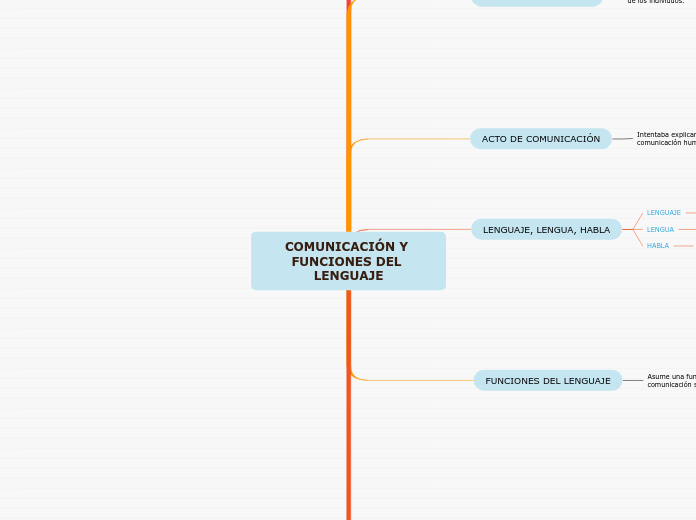door Michelle Peralta 5 jaren geleden
828
COMUNICACIÓN Y FUNCIONES DEL LENGUAJE

door Michelle Peralta 5 jaren geleden
828

Meer zoals dit

To name your story, you have to think about the overall message and what you want your audience to understand from the story. Also, make it relevant and easy to remember.
The ending of a story is essential. We all know that if the ending is weak, what happened before loses its importance. So make it unpredictable, but fair. A resolved ending answers all the questions and ties up any loose threads from the plot.
This is the moment when the main character surpasses the last obstacle and finally faces their greatest challenge.
The climax usually follows one of these patterns:
Type in your answer.
Aparece cuando se formula en JURAMENTOS, APUESTAS, PROMESAS O DECLARACIONES.
Se orienta al CÓDIGO y es aquel que hace el mensaje objeto de reflexión.
Asociada con los mensajes que pretende dar cuenta que el CANAL de comunicación esta disponible.
Afecta el comportamiento del RECEPTOR y provoca una reacción, pero suele aparecer en oraciones con verbo.
Puede ser reconocida en textos literarios, artículos periodísticos, cuya función es principal sea la belleza estética MENSAJE.
Mensaje donde se muestra las emociones y sensaciones del EMISOR.
La tienen los mensajes conceptuales y su función es informar CONTEXTO.
The middle of the story is where you add layers of complications that will lead to the end. Reveal more about the character's journey. Did their personality go through changes? How did they overcome the challenges? And as you build up the story’s central conflict, make it more personal to that character. Also, from the middle act, you have to lead into the final act.
Lengua o el sistema de signos.
Medio físico por el que se transmite el mensaje.
Conjunto de circunstancias que rodea el acto de comunicación.
Contenido informático que el emisor transmite al receptor.
Interpreta el mensaje.
Emite el mensaje.
Inmutabilidad
No puede ser cambiado drásticamente.
Mutabilidad
Se evoluciona a través del tiempo.
Articulación
Formado por otras unidades para formar nuevos signos.
Linealidad
Ciclo de unidades sucesivas.
Arbitrariedad
La relación entre significante y significado.
Carácter Biplánico
Parte Nocional
Idea que relacionamos con el significante.
Parte Material
Imagen acústica, a través de los sentidos.
Concepto o idea que alude el significante.
Aquello que designa algo.
In the beginning of the story (or the exposition), you will need to introduce the setting and characters. You might also want to introduce the main conflict. This part of the story is important because it gives the reader necessary background information and maybe even a first insight into a character’s personality.